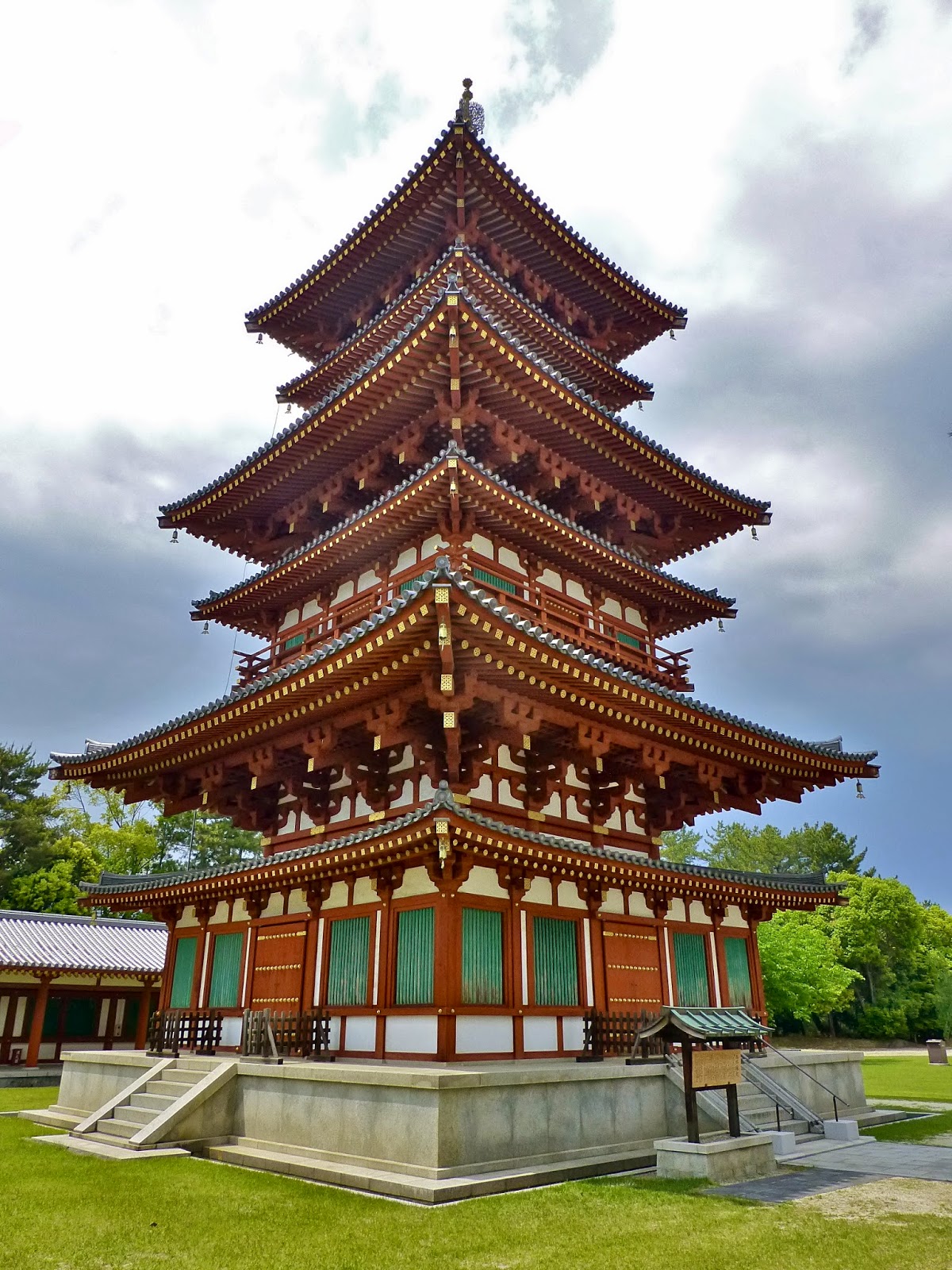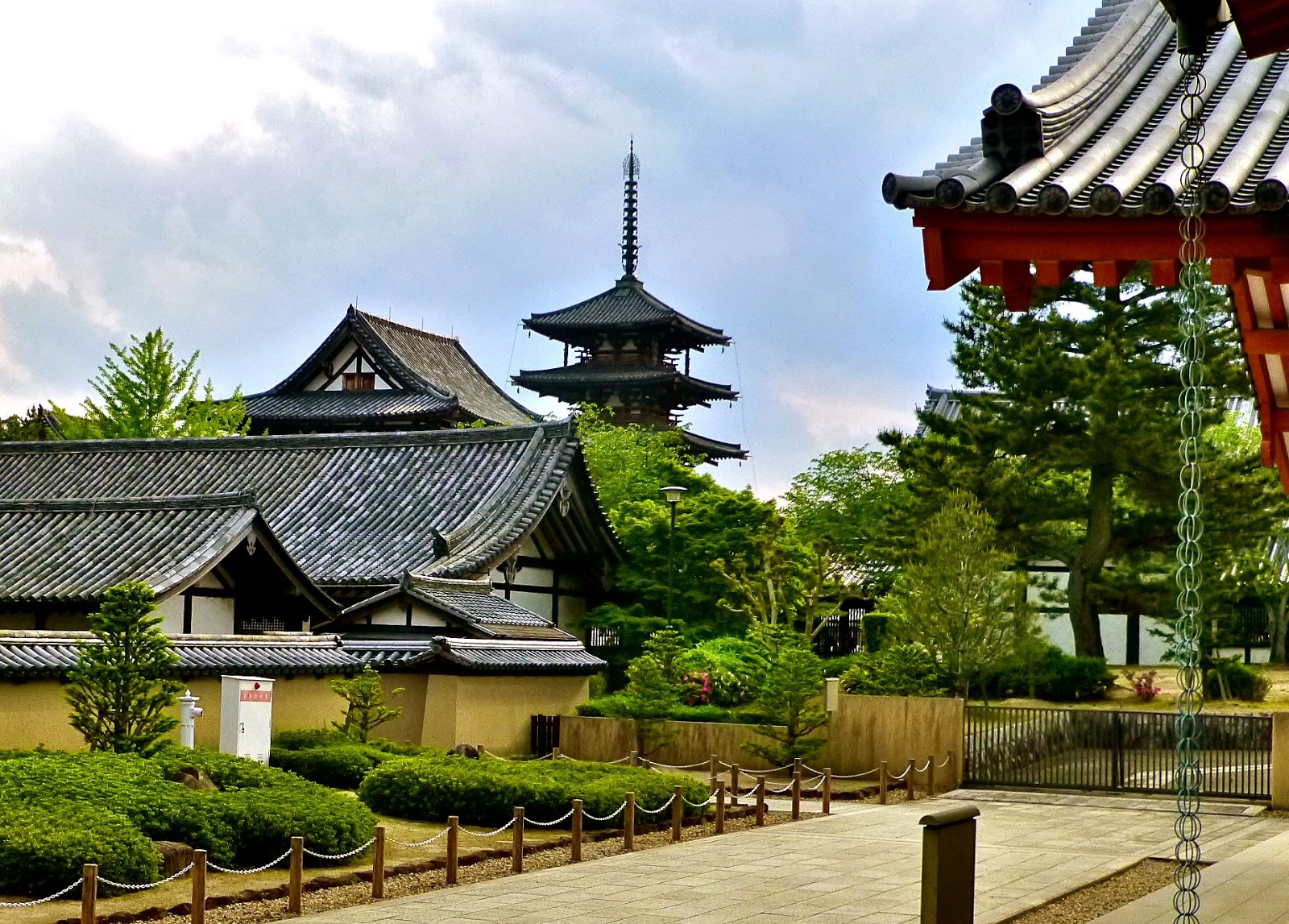One of the world’s worst
kept secrets is the high cost of traveling in Japan.
In most
other countries hotels charge per room, sometimes with breakfast included,
sometimes not. The price of a room, of course, depends on the quality and
location of the hotel. Road Buddy and I have a private euphemism for low rate
accommodations. We call it “doing a Sri Krung” based on an experience we once
had in Bangkok.
THEN
 |
| Floating Market, Bangkok, Thailand - 1983 |
We had pre-booked an inexpensive hotel
called the Sri Krung in Bangkok back in our younger, grubbier back-packing
days--1983. After arriving latish at the airport, we shared a ride from the airport to the various hotels of the
passengers. We were the last ones left and the driver didn’t seem to know where
he was going. Finally, in a fit of frustration, he stopped the vehicle and
pointed down a dark, unlighted and garbage strewn alley to a small barely discernible sign hanging
over the sidewalk that he implied was the Sri Krung Hotel and drove off in a
puff of petrol fumes.
We looked at each other
skeptically and, finally, shrugging, made our way past spilled trash and
garbage and what looked like a couple of rats rummaging around looking for
edible tidbits. A dilapidated signboard that could have said anything
hung over a dark entrance through which we could see a flight of dimly lighted
stairs. We gingerly climbed up, looking over our shoulders once in a while and
trying to peer ahead and around a bend into the obscurity beyond.
Attaining the top of the stairs
we found a middle-aged to somewhat past it man behind a grillwork cage in a
dirty and holey tank top style undershirt. We told him in English, which he
clearly didn’t understand, that we had a reservation and showed him the
confirmation paper. He looked baffled, but nevertheless showed us to a “room” that contained nothing but a narrow cot bed with a smelly rolled up mattress on it and
disappeared into the dark hall. We started to unroll the mattress after
deciding that we would sleep with our clothes on when there was a knock at the
door and a different younger and cleaner looking man came in and asked us in English
what we wanted. We breathed a sigh of relief and told him that we had a
reservation for the Sri Krung Hotel, whereupon he explained that this wasn’t
the Sri Krung, but that the Sri Krung was back down the same alley, turn right
and walk about 200 or 300 meters along the Chao Phraya River to the real Sri
Krung Hotel. We practically ran down the rickety stairs and quickly found the real Sri Krung. It turned out to be several notches above the flophouse that we thought was the Sri
Krung although it was still a budget type hotel.
NOW
 |
| our hardy little Mitsubishi i |
 |
pit stop lunch - tuna roll
and potato chips |
We decided to
try and “do a Sri Krung” on our recent getaway to visit the Grand Shrine of Ise
and some Buddhist temples in the Nara area. Whereas it isn’t unusual to pay
anywhere from 10,000 to 50,000 Yen per person [$100-500] (depending on
location) in a more traditional Japanese hotel (usually including dinner and
breakfast), we found that there are more economical hotels these days. There
have always been less expensive so-called business hotels around train stations
for business travelers. The rooms in these hotels are generally very small and
compact and offer very basic services. Business hotels go for around 3,000 Yen
per person [about $30] up to around 6,000 Yen [about $60] a night, many
including a breakfast buffet.
The
concept of basic low-cost accommodation seems to be growing in a Japan that has
pretty much been in a 20-year recession and deflationary economic situation.
There are now “Econo” hotel chains and “Super” hotels groups in the countryside
with parking lots that are enjoying a growing popularity with the traveling
public. The prices vary according to location. Hotels that are nearer famous
tourist attractions are in the 6,000 Yen/person range, ones in less popular
spots, though still in easy striking distance to a major attraction, can be in
the 3,000 Yen/person range.
We took a three night four day
getaway by car spending two nights in low cost hotels in the 3,000 Yen/person
(including breakfast buffet [total about $120]) range and splurged for one
night in a more traditional but reasonably priced hotel for about 9,000
Yen/person (dinner and breakfast included [total about $180]).
FIRST NIGHT
We staying in an Econo Hotel about 20 km. from Ise Shrine. The hotel was within walking distance of an Aeon Mall which had a sento (public bath) with hot spring water and a restaurant. The hotel gave us a small discount ticket for the use of the bath and the restaurant, all very reasonable.
 |
| the Econo Hotel |
 |
| tiny, but clean and comfortable room |
 |
| Aeon Mall restaurant and sento |
 |
| dinner and a couple beers |
SECOND NIGHT
We splurged for the second night after concluding out visit to the Grand Shrine of Ise. We stayed at the Toba Grand Hotel in Toba City not far from the Ise Shrine after a brief stop to see the "husband and wife" rocks at a local but well-known shrine. The Grand was a typical Japanese style inn, somewhat pricey with breathtaking views, an outdoor hot spring bath with dinner and breakfast included. The breakfast was very good and the hot spring bath was relaxing. I had the great good luck of catching a gorgeous sunrise with my camera before going down to the spa in the early morning sun. .
 |
| the lobby of the Toba Grand Hotel |
 |
| typical tatami room with futons |
 |
| sunrise from Toba Grand Hotel |
 |
| outdoor hot spring pool |
THIRD NIGHT
We left the Grand Hotel around 9:30 in the morning and drove to Nara. We planned to visit two temples and stay in a Super Hotel situated between those two temples and one more that we planned to see the following day before driving back home to Okayama. Unfortunately we missed a turn off, wasted an hour and ended up on the wrong side of Nara City. After some inquiries we decided to reverse our temple visit plan, see two temples: Yakushiji and Horyuji Temples, stay at the Super Hotel and drive south to Asuka Temple the following morning and return to Okayama from there. The next installment will cover these temples.
 |
| sleeping /working area is about 9 sq.yds. |
 |
almost need a shoe horn
to wedge your way into the
system bathroom/toilet - but
notice the hi-tech toilet |

























